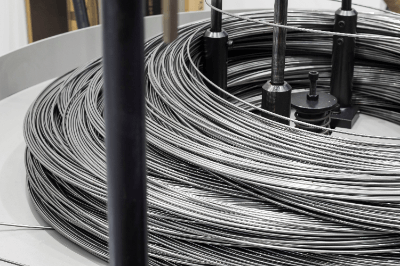What Is Steel Casting?
 Steel casting involves pouring molten steel into a mold to solidify into a specific shape and size. Known for their strength and tenacity, cast steel products are used in mechanical structures subjected to large forces. Unlike cast iron, which contains graphite, cast steel generally has less than 2.1% carbon.
Steel casting involves pouring molten steel into a mold to solidify into a specific shape and size. Known for their strength and tenacity, cast steel products are used in mechanical structures subjected to large forces. Unlike cast iron, which contains graphite, cast steel generally has less than 2.1% carbon.
Uses of Steel Castings
Steel castings are divided into carbon steel castings and alloy steel castings. Carbon steel castings are used in motors, power plant machinery, and railroad parts, while low-alloy steel castings improve strength and resistance, used in brackets, gears, and automotive parts. High-alloy steel castings, with added nickel, chrome, and manganese, are utilized in high-temperature and pressure environments like turbine casings and pump parts.
Principles of Steel Casting
Traditional sand casting involves making a sand mold from a wooden mold, pouring molten steel, and breaking the mold post-cooling. Other methods include full mold (using styrofoam), lost wax (for precision casting), and shell molding (suitable for mass production). The steel casting process encompasses design, modeling, molding, melting, casting, cutting, heat treatment, finishing, and inspection. Casting simulation ensures optimal metal flow and solidification, while heat treatment is crucial for achieving the desired metallurgical structure.